I have had the idea of running the distance of 100 kilometers in one go rolling around in my head for the past few years. It has always been elusive. Yet in the same time, it has always been within reach. In the summer of 2017 I ran the 50 mile (80 kilometer) North Face Endurance Challenge in the Blue Mountains west of Collingwood. Extremely hilly, it was billed as “The Most Pronounced Elevation Gain Trail Race in All Ontario”. Heavy rains the night before turned the course in many sections into mud. Many runners did not finish within the 14 hour cutoff. It took everything I had physically and mentally to finish. After finishing, I sat on a rock and called my wife to let her know I made it. She already knew, having received updates on her e-mail. When I hung up, this 59 year old at the time got so emotional, he cried like a baby.

One of my ultrarunning friends, Kristi Raz was at that North Face race with her husband Michael and two boys. Kristi also ran the 50 mile distance, and finished. An incredible accomplishment. The following year in 2018 I was invited by Kristi and her husband to come to Ottawa and run a 150 kilometer stage race called Bad Beaver Ultra in Gatineau Park. Directed by Canadian extreme adventure athlete Ray Zahab, it then became the toughest race I have ever run. It was held over 3 days and was semi supported, which means we had to carry a lot of gear such as as a sleeping bag, sleeping pad and daytime nutrition (the supper meal was provided). Water stations were provided every 8-10 kilometers. Tents were also provided to sleep in overnight. The route climbed a massive 3,480 meters over the span of 150 kilometers. The longest distance day was day 2, which was 72 kilometers. But this was far short of my dream of completing 100 kilometers in one day.
Which takes me to the year 2019. This was when I 1st heard about the Monarch Ultra, which combines ultrarunning and environmental awareness. I was so excited I jumped in with both feet. I became an ambassador for the organization, and registered for that elusive 100 kilometer distance. But in June I got a nasty case of plantar fasciitis. I could barely walk, much less run. I contacted the directors mentioning my situation, and that I regretfully had to step down from my 100k. They kindly suggested I come out for the day and ride with the support vehicle. If I could run just a few kilometers to support the other runner named Julie, who was running the 100k that would be great. If not, that was also great. It took a lot of pressure off. I ended up spending most of my awake time in July and August on my feet, immersing myself in nature. And doing a lot of stretching to aid recovery. With less than 3 weeks of actual training, I was able to run 50k, as I paced Julie during the second half of her 100k. This was her 1st 100k, and it was such a thrill to see her finish. Later on that year I had that once in a lifetime experience to run some unregistered sections for the Monarch Ultra in Mexico.
In January and February of 2020 I began to actively search for what 100 kilometer races there were out there. But then COVID hit. And the world as we know it shut down. In order to keep busy, I registered for a 1021.68 kilometers virtual race called Great Virtual Race Across Tennessee. It was to be run over the 4 months between May and August. I ended up completing more than a a triple crossing (or over 3,224 kilometers) over those 4 months. Though the majority was hiking, it sure was so tough to cover an average of 25 kilometers a day for 4 months straight. My longest daily distance was a 50k, far short of that 100 kilometer in one day dream. I ended up finishing overall in 89th place out of 19,620 runners. I have always been a mid-pack to the back of the pack runner. To finish this high up in the standings was very exciting.
The year 2021 COVID raged on. Races were cancelled, and virtual races continued to be the “in thing”. You could register for a race normally held thousands of kilometers away. And run it virtually on your own home turf. I registered for a year long virtual called “A Great Canadian Running Challenge”. Jeannette Boudreau, the founder and administrator of the virtual wrote a wonderful feature article on me. I once again registered for the Great Virtual Race Across Tennessee, determining this year not to run 3 crossings. That was just way too much. When searching for single day virtual races, there were tons of offerings found online in 5k, 10k, half marathon, marathon, and the occasional 50k. But not much else. When I was on the Limberlost Challenge website, I noticed that the virtual distances were the same as the actual race, 7k, 14k, 28k, 42k and 56k. Plus a virtual only option of a 100k distance. I was buzzing. I knew because this was a virtual event, it would never be “official”. But I could still make it my race, and keep track of my time and distance. So I registered.
There is a very special connection between myself and the Limberlost Challenge. On July 7th, 2018, I ran the 56 kilometer distance. Since the race that year was held right on my 60th birthday, I added another 4 kilometers to make it 60 kilometers for 60 years old. With this 100k virtual, my mind was really thinking this out. Perhaps I could run this 100 kilometer virtual right on my 63rd birthday. If I added 1.5 kilometers to the 100, it would make it 63 miles for my 63 years. I also decided to run my 10k virtual run for the Monarch Ultra simultaneously. July 7th was torrential rain with thunder and lightning. July 8th was a carbon copy. By the morning of Friday July 9th the rain had stopped, and my wife dropped me off at the Coldwater village parking lot of the trail on her way to work. She took a couple of pictures. I started my watch. And I was on my way.
This run had a strange, eerie feeling that I had never felt in a “normal” ultra. I was planning on running this self supported. Completely on my own. No aid stations every 4-8 kilometers manned with super friendly volunteers who will offer me a smorgasbord variety of nutrition options, will kindly refill my hydration system and send me on my way with encouragement and cheers. No safety net of EMT’s right at the race, in case things go wrong. No fellow runners to run alongside me to offer support, solace and conversation while running. Which makes the miles and hours go by so much faster. No pacers, drop bags or support crews. No race Marshalls to point me in the right direction. All my logistics, hydration/electrolyte balances, nutrition and medical aid fell on my shoulders. I was on my own. It was much quieter, lonelier and more intensely all about me and the sheer demands of running that 100 kilometer ultra distance. It was very mental. It personally felt like it was a raw, pure and unfiltered form of ultrarunning.
Hydration sources was a major issue for me. In a perfect COVID free world the logistics of this run would have been so much easier. There normally was a known potable water source (aka water fountain) every 15-20 kilometers along the trail in the villages and towns for the 1st 60 kilometers. With COVID there was no guarantee any of these were turned on. I was carrying a Lifestraw Go filtration water bottle. Though I use it all the time in Copeland Forest, I decided to only use it as a very last resort on this run. The streams and rivers were so turbid with silt from two days and nights of torrential rainfall, a $40 replacement filter would be clogged in no time. These streams and rivers would also have been carrying a abnormally high concoction of toxic chemicals. Pesticides and herbicides from all the agricultural and golf course runoff. In addition, all the accumulated toxic particulates from tire, brake, and road wear would have washed off the roads from that heavy rain and eventually end up in the streams and rivers. Plus the filter is very slow. It takes a person 8 minutes to suck 1 liter through the straw. It is very hard to suck through. I can barely do it even while walking slow. My pack ended up weighing 17 pounds to start (actually was heavier than Bad Beaver Ultra), most of it of which was in water weight. I let my wife lift the pack. She said “I’m glad it’s you and not me”.
After my wife dropped me off, it was just me and myself. The logistics was I would be running the Simcoe County Circle Loop Trail for the 1st 75 kilometers. At that point I would leave the trail and work my way back home on back roads and road allowances. There was no cut off time here like in regular races. However, it was extremely important I was to be fast enough to cover enough distance so I could make it through in daylight a rutty, treacherous 5 kilometer road allowance between 80 and 85 kilometers. This was a very inaccessible spot to be rescued if things went wrong. I did not want to be caught in there after dark.
With that weighing on my mind, I set off fast. Probably too fast, reaching 10k in 1:10 and later on, a half marathon in 2:35. At the 15k mark I arrived at a village called Victoria Harbour, with a population of 2,600 permanent and seasonal residents. My wife cycles this section of trail after she is done work at the post office. Just as she described, there was a brick and mortar public washroom that was immaculately clean and a touchless outdoor bottle refill station. Although the weather was slightly cooler than the previous few days, it was still very muggy. The air was hanging on me like a soggy towel. I had already downed 2 liters of water at that point, and I was so encouraged to be able to refill everything. It was also so nice to freshen up in the sink.
Moving on, my run bypassed a little village called Port McNicholl, past a recreated Indian village called St. Marie Among the Hurons and then on to the town of Midland, population 17,000. I figured if little Victoria Harbour had a water fountain, surely Midland with a much higher population would have one. I kept asking people, and they kept answering there is no water. My Swiss ultrarunning friend Catrina Denker mentioned her city of Zurich (population 1.4 million) has 1,200 accessible outdoor water fountains. She could run all day without having to carry water with her. I didn’t need 1,200 fountains. All I needed was one. When I asked a guy in a Town of Midland public works truck if there was any working water fountains in town, and he said no, it was time to keep going to the next town. Which was Penetanguishene, population 9,000. They have built a wonderful forested trail between the two communities, under the “Trails Connecting Communities” initiative. Constructing these trails for active transportation is so important to get people off of car dependency.
It ended being the same situation in the entire town of Penetanguishene. I could have ran down to the harbor and took 15 minutes to filter through a couple of liters of water. But figured it was much quicker to run into Foodland to buy it. In 5 minutes I was in and out of Foodland with 3×710 bottles of Powerade. I wasn’t happy that I was contributing to the single use plastic problem. But that’s what I did. I called my wife on the steps of the Catholic church to tell her where I was. She was shocked I had covered 40 kilometers in just over 5 hours. Canada at present is reeling with fresh raw news of hundreds of unmarked graves on the grounds of the former Indian residential schools. There was a lot of stuffed toys and shoes left there on the church steps, which made for a very poignant visual. I took a couple of moments to pause and reflect to honour the children, and prayed that there would be healing and reconciliation for our dear First Nation people.
Moving on, I ran through in my opinion by far the most beautiful section of this loop trail. The Copeland Creek watershed runs through gorgeous hardwood forests. These forests act as a buffer during heavy rainfall. Water is released in Copeland Creek much slower than other creeks that don’t have this natural buffer. Even though there was some turbidity in the water from the storms, it looked much cleaner than the other sources. My next village was Wyevale. I had hit 50 kilometers, halfway to my 100. This will also be the starting point for the 50k I’ll be running with the Monarch Ultra on October 9th. The next village 10 kilometers away was Elmvale. Just before Elmvale the trail goes onto Highway 27. It was Friday afternoon. Traffic was extremely busy and fast, as many travelers’ were rushing up to their cottages and summer homes for the weekend. Going over a couple of small bridges, there was very little shoulder to speak of. Drivers were not giving me any space. All it would have taken was for me to slip and fall sideways, and I would have been run over.
Just this side of Elmvale, I filled up my hydration bladder and all my extra water containers at an artesian well. Although I wasn’t personally involved with drilling this well, the company I worked for drilled it 40 years ago with one of their 6 other drill rigs. It is said to be some of the purest water in the world, and many people stop here to fill their water containers. Clean drinking water is such a privilege. Just past Elmvale I gave my wife another call. She would have just gotten off work, and was about to go out cycling. I was slowing down, but still making progress. Just past a village of Phelpston, I left the trail and started to work my way home on back roads. I was at 75 kilometers. Just to be safe, at 77 kilometers I purchased 1 more bottle of water at a gas station in Apto.
At 80 kilometers I hit that rutty five kilometer road allowance I was deeply concerned about. I called my wife to say I was heading in. I promised to call her again when I made it through. If I was a runner 10 years ago, I could easily have run this 5 times faster. The road allowance was smooth and easy travelling on foot back then. But UTV’s, ATV’s and dirt bikes have rutted it so badly it has become dangerous and treacherous to travel on foot. If I had a heart attack, or broke a leg in a rut on that section, it would be next to impossible to get an EMT vehicle in to help me. I took one photo shortly upon entering this section of the trail, but it did get far worse further on. But I wasn’t going to waste time monkeying around taking photos. I needed to get through this rutted and treacherous section before dark.
By no means is this an isolated incident. Degraded road allowances, trails and forests are now found everywhere in this area. We’ve actually sold out our beautiful county forests to motorized off road vehicles under the welcoming guise of “Adventure Tourism”. I’ve lived around and hiked these county forests for all my life. Growing up, the trails in the county forests were known as fire access trails. There were signs at the entrance to these trails which read “In Case of Fire”, and our local fire department phone number. Between the years of 18 and 30, I served on the Oro Fire Department, station #3, based out of Edgar as a volunteer firefighter. We had an abnormally high number of forest fires. The majority of them were from pyromaniacs who lived at the Adult Occupational Centre in Edgar, which was a vocational training centre for people with special needs, and people who have committed non violent crime. One year it actually ended up being a local kid who set off a rash of forest fires. He also burned down to the ground an operational family farm barn and a major lumber yard. Being on the fire department, having easily accessible trails helped so much when we had a fire call. We could easily get our fire pumper truck and tanker truck in close to where the fire was. Because we could get at it easier, we always were able to quickly extinguish it. We never had a forest fire that got out of control. Another year a small plane went down in dense bush. The pilot was killed, and 2 passengers were critically injured. But they survived. There was no “911” back then, so often the local fire department was the 1st to be called. Going on the description of the neighbor who contacted the fire department of the general direction of where the plane went down, we were able to locate it and smoothly got emergency vehicles to within 100 meters of the wreckage. Easily accessible trails made the difference between life and death for the two survivors.
When I served on the local fire department those many decades ago, a few of my fellow volunteer firefighters owned off road vehicles. They were much more basic back then. The three wheelers were called trikes and the four wheelers were called quads. Without exception, they were always used for utility purposes on their own properties. Farmers using them to check the fences on the “back 40”. Or people with bush lots using them to haul firewood. Things have changed so much since my days on the Oro fire department. Off road vehicles have become mainstream. These days, the vast majority of machines purchased are used for recreational purposes. In 2020, the market for off road vehicles surpassed $15 billion USD. This is expected to skyrocket to $25 billion USD by 2027. The problem is our environment cannot sustain itself with such an influx of high revving, high powered, high speed UTV’s, ATV’s and dirt bikes. Locally, our road allowances and fire access trails in our county forests already have been rutted and eroded to the point that in many places, there is not a chance an emergency vehicle could ever get through. For our public safety, this is a major concern. Heavier soil structure will end up in ruts. Lighter soil structure will erode. Mark Cullen wrote in the Toronto Star, November 2, 2012, “Between 1790 and the early 1900s, Ontario was denuded of all of its existing forests through the efforts of lumbermen and farmers. The results were devastating. Wildlife disappeared, streams and rivers dried up, and sand and top soil blew away. In 1904, an ambitious professor from the University of Toronto in forestry proposed to the province that it would be a good idea to establish an aggressive replanting program in the marginally productive areas of the province. In fact, he wanted to more than triple the existing tree cover in Southern Ontario. It was an audacious idea and he had a lot of nerve. His name was Edmund Zavitz and his story is worth repeating…”

The stark reality of the colonization of Southern Ontario is that it was no different than what currently is taking place in the Amazon. Mighty virgin forests were clear cut. Accounts were written in history texts that the night skies was red from the slash and burn. There ended up a lot of denuded land not fit for farming. Zavitz took an extensive number of black and white slides to show the dire need of reforestation. It is said “He travelled around the province on a public speaking circuit, preaching the merits of reforestation to anyone who would listen”. Some of those photos ended up in a book written about him called “Two Billion Trees and Counting”. One of those photos taken in 1906 with a horse and buggy was titled “Orr Lake Wasteland” (the following photo). This would have been taken just north of where I live, and is now part of Simcoe County Forests. Just before the death of Edmond Zavitz in 1968, one billion trees had been planted. Since then two billion trees have followed.
This massive reforestation project had been highly successful. It was extremely well organized with fire access trails placed in strategic locations. As the land recovered, wildlife gradually returned and streams eventually reestablished. With the forest cover, the land over the decades has become incredibly stabilized. Over the past 50 years, I have spent a lot of time in these forests. The current promotion and huge influx of off road vehicles in this region greatly concerns me. The very nature of how these machines are designed with powerful, high revving engines that quickly spin aggressively treaded tires is hard on the environment. Given enough time and enough machines, even the most stable trails will degrade. The vulnerable areas are far more susceptible to damage. I have also noticed with greater frequency the off road machines are going way off the posted trails and into highly environmentally sensitive areas. What would have been pristine areas are now being destroyed in just a few seconds by a few reckless, irresponsible riders. On lighter soils, the fast spinning aggressively treaded tires are cutting and breaking through surface tree roots, that for decades have stabilized the ground. This leads to erosion. With more and more off road traffic, there becomes more and more erosion. As time goes on, we are left with long stretches of deep loose sand. Close to home, there is already major, extensive damage in what is known as the Oro Moraine, particularly between the Bass Lake Road and Horseshoe Valley Road (the area where I grew up). There is also several shorter severely damaged sections between Hillsdale and Orr Lake (where the next picture was taken). Each year it gets worse. The more tinder dry the conditions (when you need forest fire protection the most), the more impossible it is to get fire emergency vehicles through.
My heart always grieves when there is a push for short term economic gain at the expense of our environment. I remember what the forests were like, and what they are like now. My heart is very sad. A short term economic gain mindset is something we desperately have to change. Our planet is nearing the tipping point, and soon it will be too late. There is no way, shape or form that this type of “adventure tourism” can even come close to being sustainable. Noise pollution that can be heard over a mile away, wildlife disturbance, environmental destruction, trail degradation and large scale littering (particularly beer cans). Alienating other recreational land users such as hikers, trail runners, dog walkers, cyclists and horseback riders who just want safe trails and to enjoy the beauty, peace and serenity of the natural areas. And putting the safety of our homes and communities in jeopardy of being caught in an out of control forest fire far outweigh any economic spinoffs this form of tourism brings. The heat dome out west and out of control forest fires scorching widespread areas of Canada should be a wake up call for us here. It doesn’t matter how a forest fire is ignited. Lightning strike, smoldering cigarette, illegal bonfire, a fire ignited from the hands of a pyromaniac, or even the spark of a train (which is speculated to have set the fire that destroyed 90% of Lytton, BC). Several of our local communities back on to large tracts of forests. Some of it publicly owned. With our forest access trails quickly reverting back to the wasteland it once was, if we can’t easily get our fire emergency vehicles near to the source of the fire on our road allowances and fire access trails, we are toast.
I made it through that rutted and treacherous 5 kilometer section and gave my wife a call. It was really nice to hear her voice again. I am sure she was even happier to hear my voice. I was at 86 kilometers, and was only 4 kilometers from home. My plan once I arrived at home was to ditch my pack which was digging into my lower back and carry just enough water for a 10 kilometer out and back. I was wearing down. But mentally I was still fairly strong. The finish was in sight. That all ended very quickly. The sun was going down, and though there was still a fair bit of light, I turned on my headlamp and was carrying a pulsating hand torch for extra visibility on the road. I knew the next farmhouse had either one or two unruly dogs always running loose. This is common knowledge for those that know the place. I try to avoid going by there on foot. If I am plogging, I will stop before I get there, turn around and head back home. Anytime I do go by on foot, one of the dogs in particular will always be barking and growling. But never come any closer than six feet away. If I cross the road to try and get away from it, it will come right out on the road after me, continuing to bark and growl while keeping that same distance. It will continue to do that until I am well down the road. I don’t know if my lights made the difference or what, but the dog snapped and came right at me. I was at 87 kilometers, totally exhausted and desperately trying to defend myself. There was a gathering of people under a canopy further back, and I was begging for anyone to get the dog away from me. They were all staring, but no one was moving. Just then a pickup pulled into the driveway. The driver saw what was happening and immediately rushed out and came to my aid.
A couple of days later, before hearing what had happened with the dogs, my sister was asking if I was ever afraid of coyotes, when I am out there by myself all alone. My answer was absolutely no. Yes, I do have to use common sense and be aware. But I have no issues with coyotes whatsoever. I know they are out there. For the amount of time I spend in nature. I am sure they watch me far more than I ever will realize. I’ll see a handful of coyotes each year. They always seem to be on the run. Coyotes play a vital role in ecological balance. They will hunt mice and other high reproducing small mammals so there becomes no infestations. If you have witnessed the gypsy moth caterpillar infestation in Canada this year, you now know what the word “infestation” means. Coyotes have never approached me. I have never, ever felt threatened by a coyote.
There is a saying that says, “A dog is man’s best friend“. I grew up on a farm where dogs were a fond, memorable part of my life. For the owner, dogs make great companions. They are extremely loyal, and fiercely protective. After my dad died very suddenly when I was 15, our friendly, family farm dog Teddy had a startling change of temperament. It was unexpected and frightening. The dog became nasty and on a random basis would violently turn on any one of the kind neighbors who came by to try to help us on the farm. Losing my dad was traumatic enough, but this crazy, unpredictable dog made things even worse. The weight of all this on my shoulders felt unbearable. And at the tender age of 15, I vowed I’d never own another dog. When my own kids were young and kept asking for a dog, I never budged. Used the high cost of owning a dog as my excuse, so I wouldn’t transfer my trauma onto my kids. I have no issues with dogs on a leash whatsoever. The owner is showing responsibility, and it is extremely important for the dogs’ health and well being to be exercised. However, whenever a dog is loose and is coming towards me, I feel threatened. Every single time. I have no idea what the intentions of that dog are. Sometimes the dog will end up okay. Sometimes the dog will show aggressive tendencies. Like aggressively barking and sometimes also growling at me. But not to the point of biting me. Lastly there have been times the dog will be out of control. I then have no choice but to try and defend myself the best I can, until hopefully the owner gets the dog away from me. Several nips over the years (which I don’t classify as a bite) as the skin wasn’t broken, not even superficially. However, I’ve had three “tear the clothes, gouge the flesh”, urgent care required dog bites in my life. Children are particularly vulnerable for dog bites as they are not as able to defend themselves nearly as well. From the website Canadian Underwriter, it mentions that “Most dog bite victims are children. The Canadian Safety Council estimates there are 460,000 dog bite incidents each year with children under 10″. Information on the Ontario Dog Owner’s Liability Act can be found here.
The word is called Cynophobia, which is a debilitating fear of dogs. Because this fear is looked down upon and highly stigmatized, it is talked about very little. But it is far more common than you would expect. It is often brought on by a traumatic experience with a dog. Because I cover such massive distances hiking and running (over 4,000 kilometers in less than 7 months so far in 2021), my chances of encountering a loose dog each time I am out is extremely high. It is a fear I have to stare in the face each time I go out. Some people sadly with severe, crippling Cynophobia never hike a trail or visit a park. Which is such a shame. They miss out on so much. Nature is so therapeutic. One in twenty people suffer from Cynophobia. Using Canada’s population of 38 million, that’s a staggering 1.9 million Canadians. When it comes to other fears, snakes and spiders have never tried to threaten or attack me. So I have no fear of them. There is no logical or rational reason whatsoever to be afraid of snakes and spiders. I love seeing them and welcome them into my garden with open arms. It makes me so happy to often see garter snakes in my garden. One garter snake in particular just loves to hang out and catch some early morning sun at my solitary bee house. It gives me so much joy! Snakes and spiders also play an important role in ecological balance. The percentage of people who fear snakes (Ophidiophobia) and spiders (Arachnophobia) are much higher. One in ten people are afraid of spiders. A staggering one in three people of the world are afraid of snakes. For whatever reason, having those two fears seems to be much more accepted, and less stigmatized in society.
After my encounter with those two out of control dogs at the 87 kilometer mark my mental energy was shot. One part of me wanted just to call my wife to pick me up. Home was only 3 kilometers away. Perhaps I could regain some energy once there to finish it off. Once home at 90k I got my wife to take a photo of the Monarch Ultra medal on me. I decided not to do an out and back like originally planned. I didn’t want to chance another encounter with a dog. I felt nauseous. Like I was going to throw up. I went outside and did several dry heaves. Then went back in the house and asked my wife if we had any soda crackers. She looked for me, but we didn’t have any. However, she did offer me a ginger ale. Which I drank. It helped. I went back into the cooler air, but my body started to shake uncontrollably.
I went back in, grabbed a jacket and went back out for my final 10k. They felt very anticlimactic kilometers. Just up and down our street many, many times. My back was painful from a friction burn, so it was really nice to not be wearing the pack. When I hit 100 kilometers there was no finishing chute to run through. No announcer calling out my name. No cheering spectators. No medal draped around my neck. No after race refreshments and celebrations. No massage table. No finishing selfie. I felt no emotions whatsoever. I continued on for another 1.5 kilometers to make it 63 miles for my 63rd birthday. Once I reached that milestone, I stopped my watch and went back inside the house. Lynne had gone to bed and the house was quiet. Before I forgot, I entered my distances on the computer for my 2 long distance virtual challenges I am running. The Great Virtual Run Across Tennessee and A Great Canadian Running Challenge. I ate a protein bar and drank another ginger ale. Then went to bed.
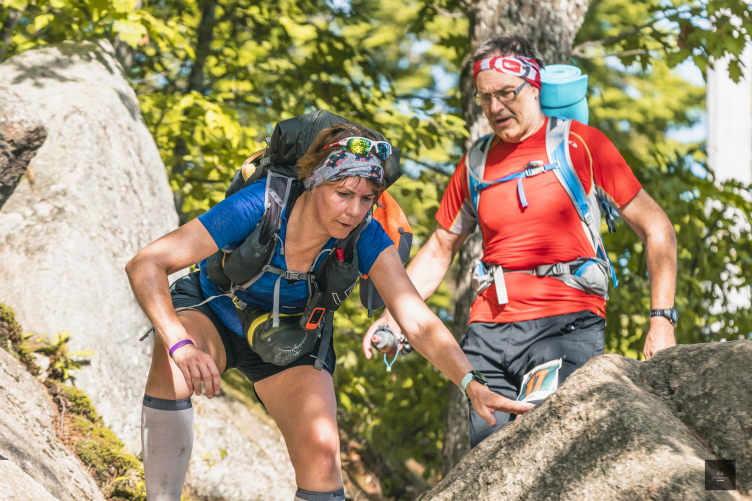


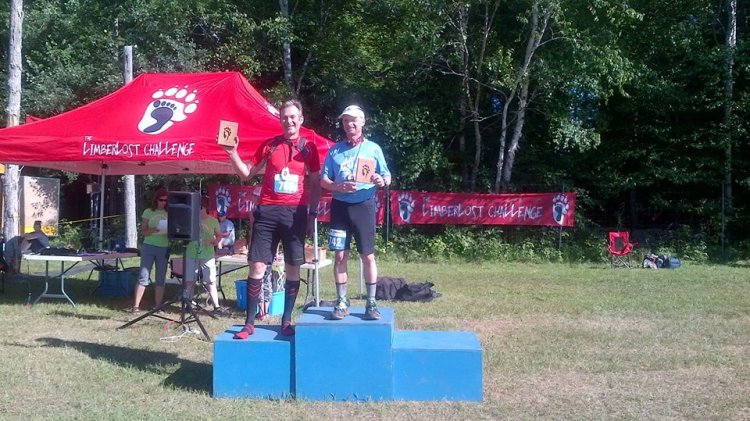
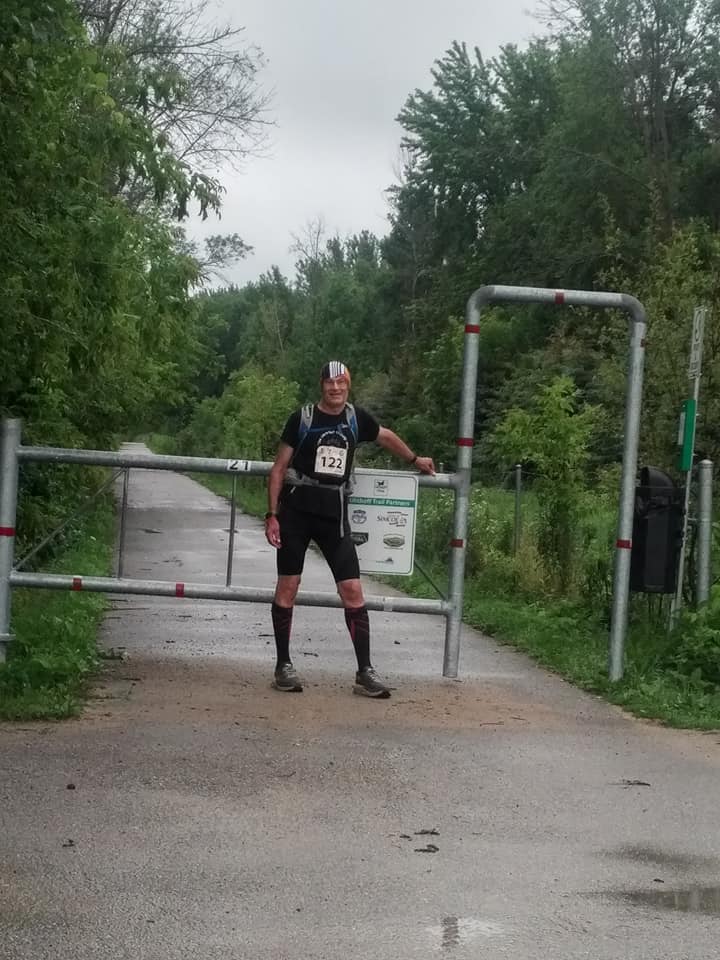



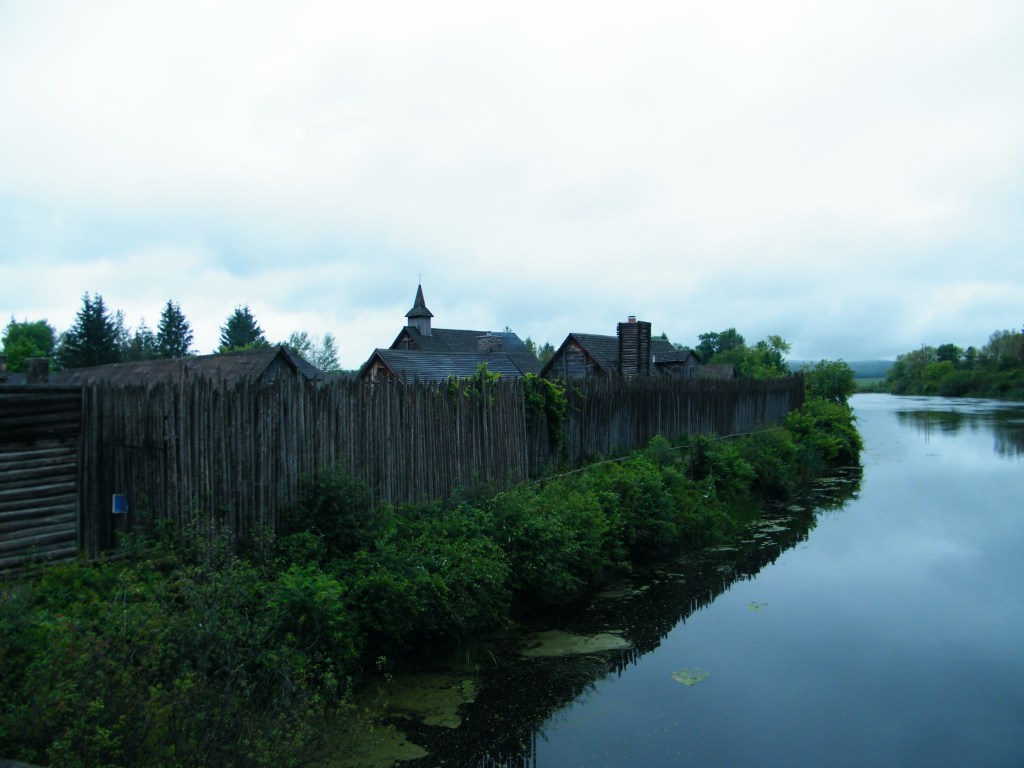
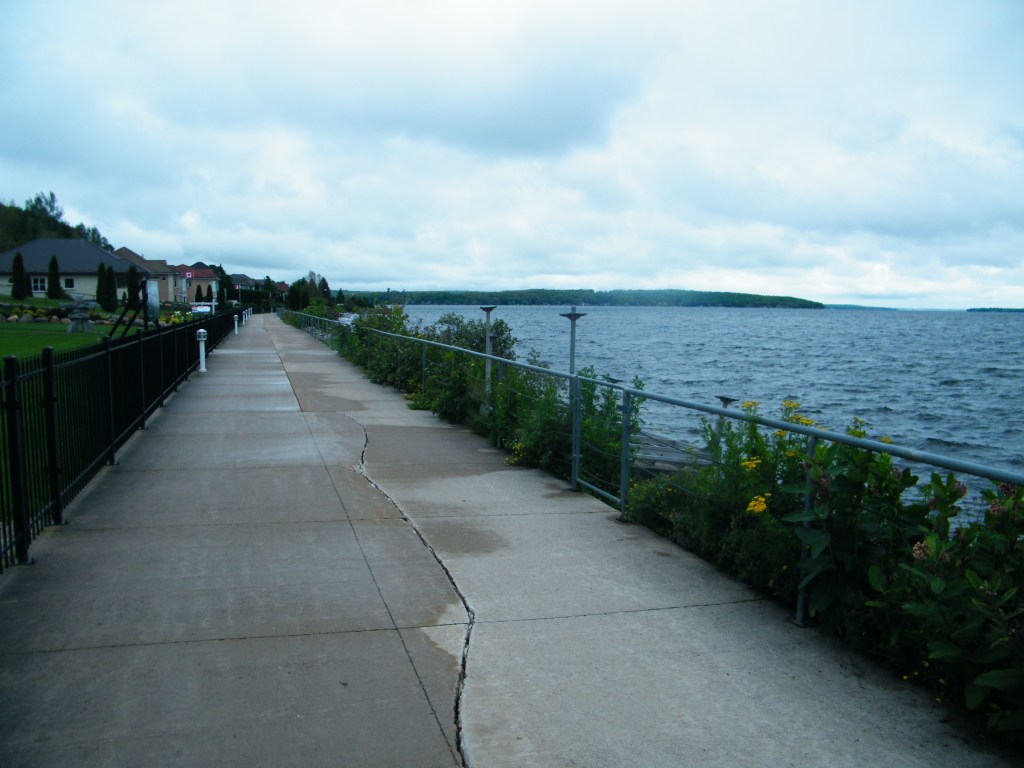


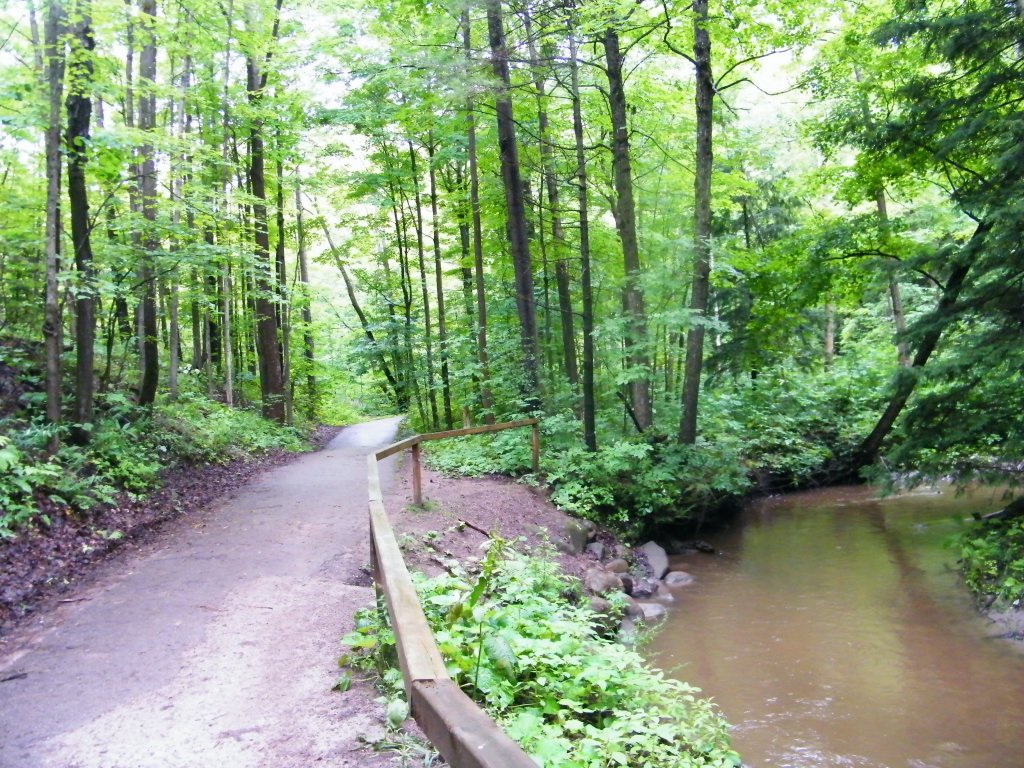


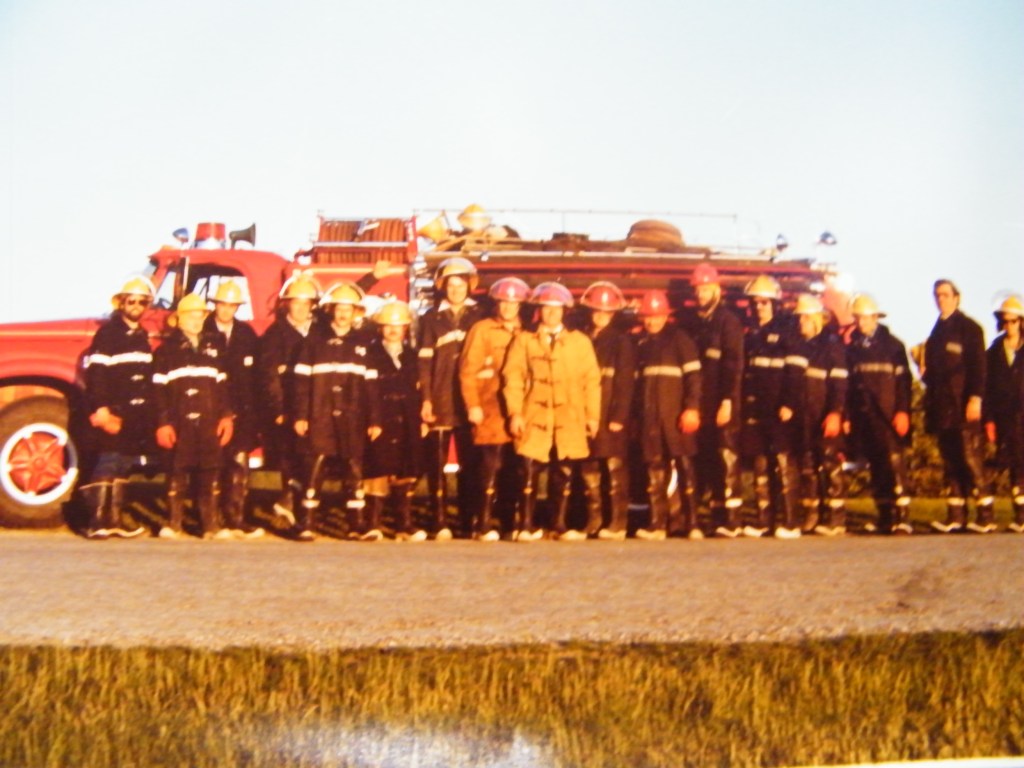
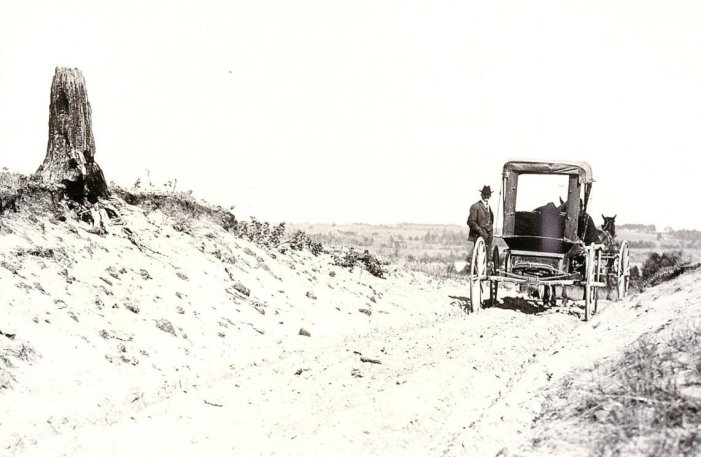
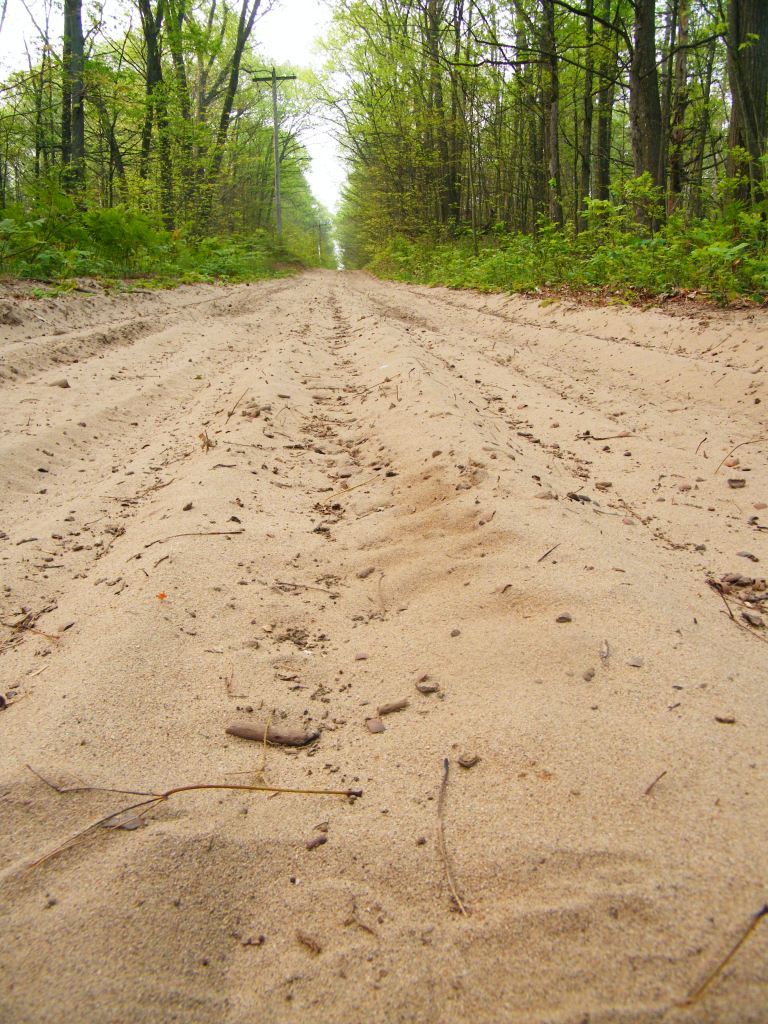

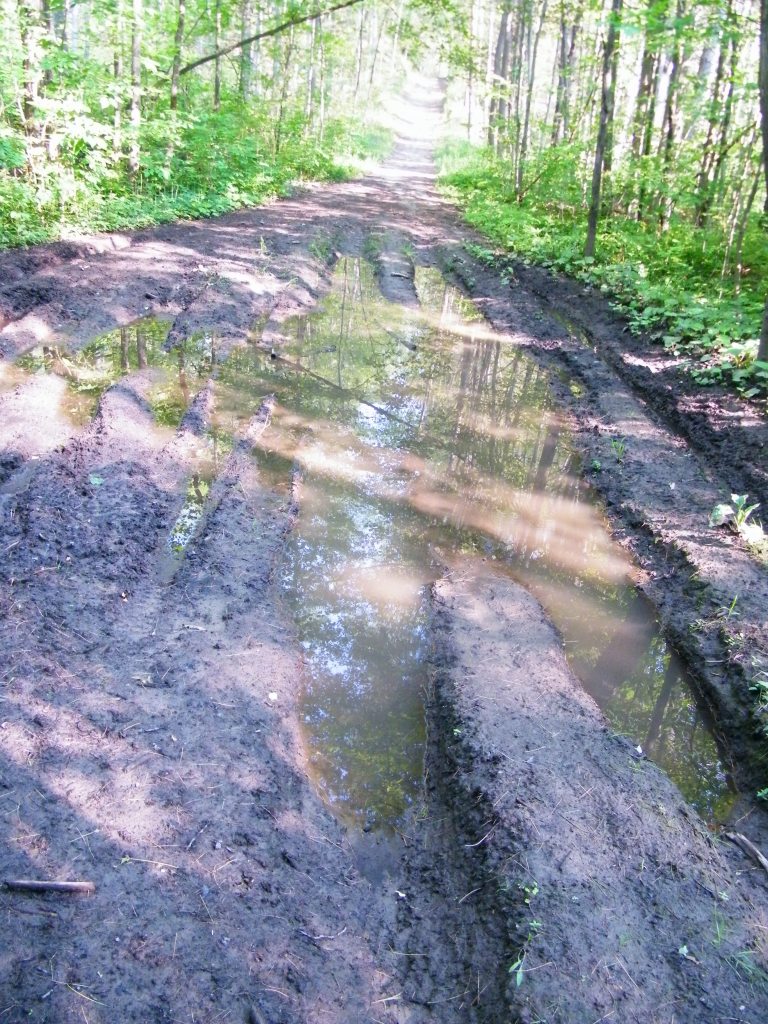

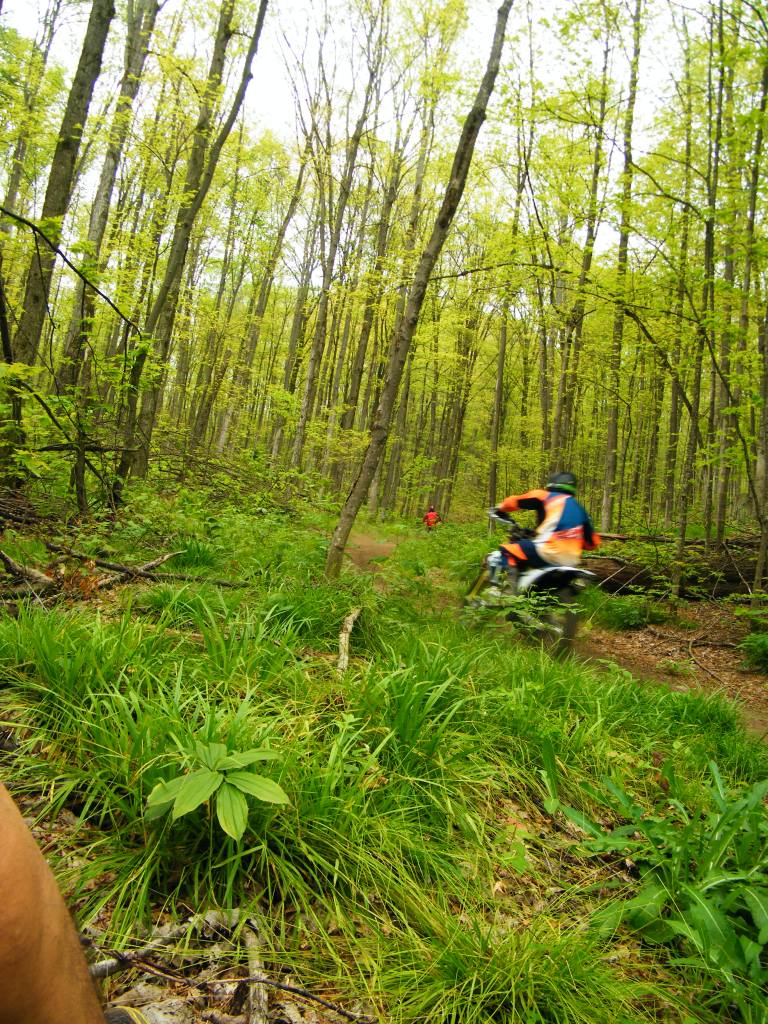
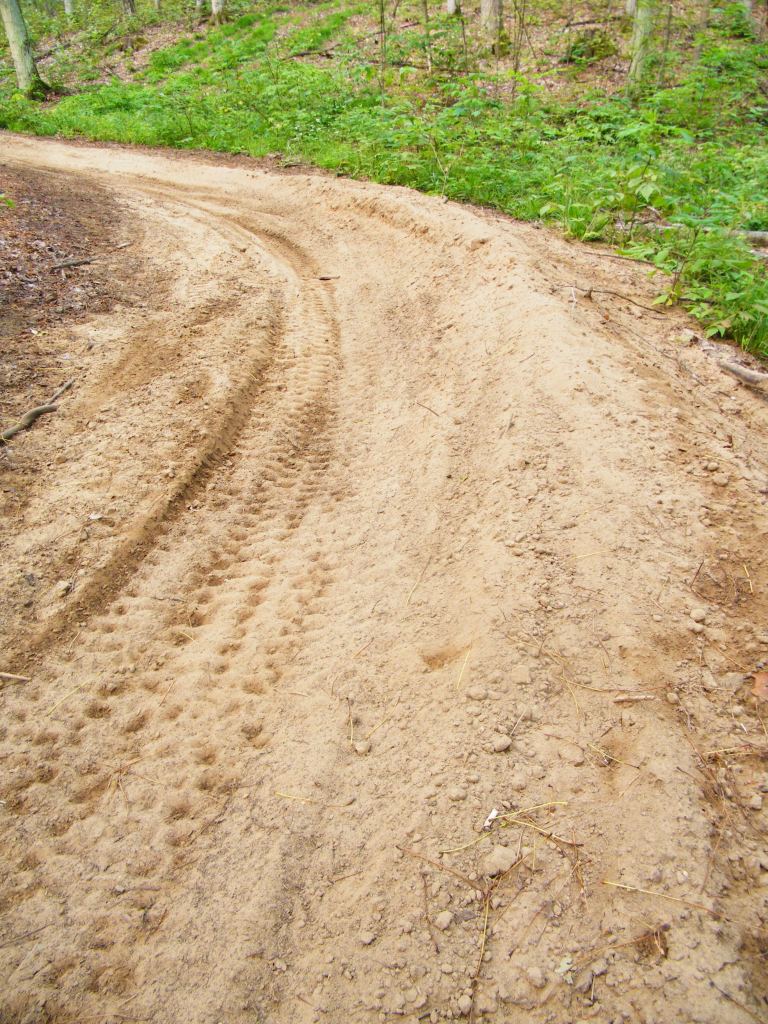
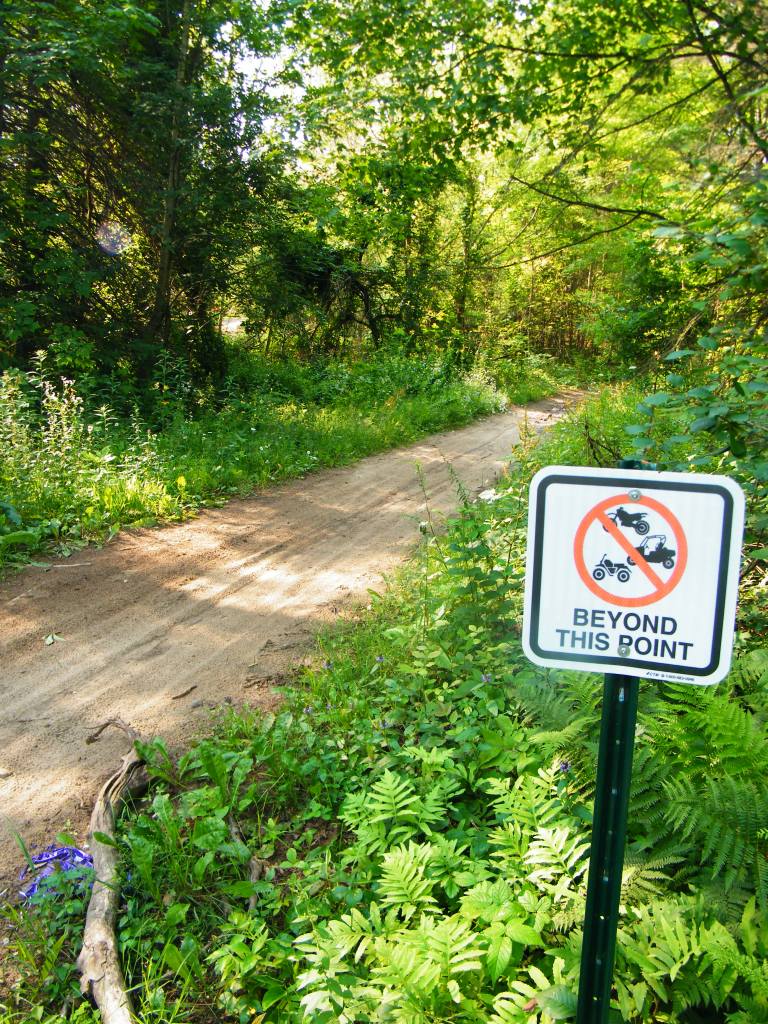
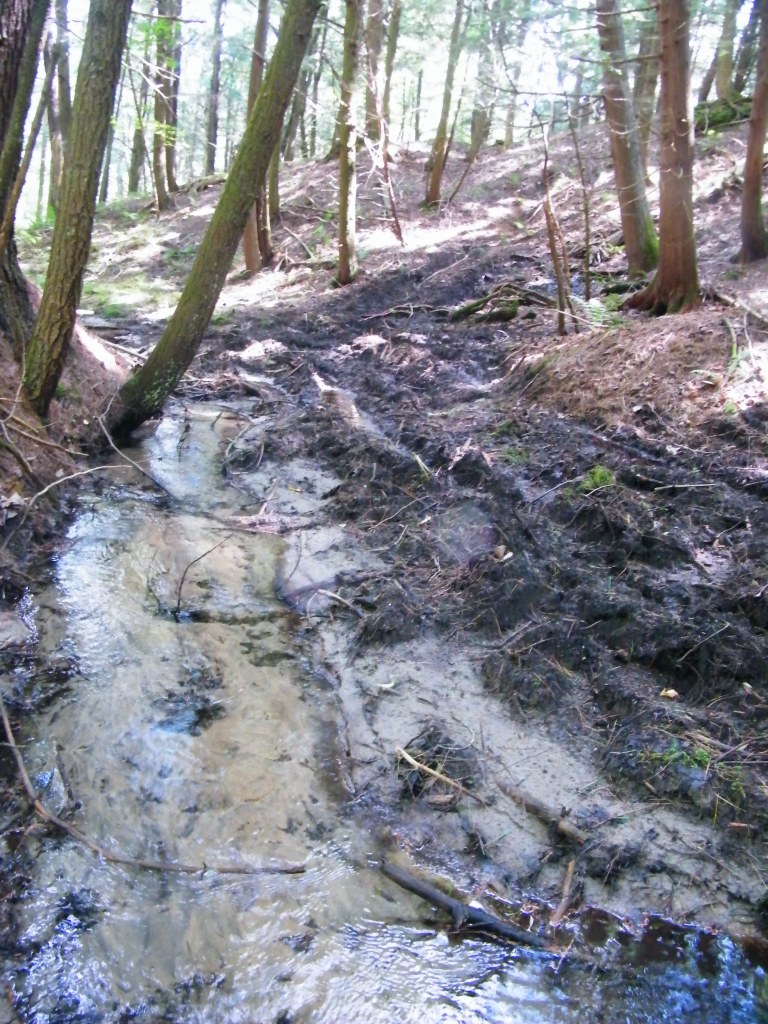
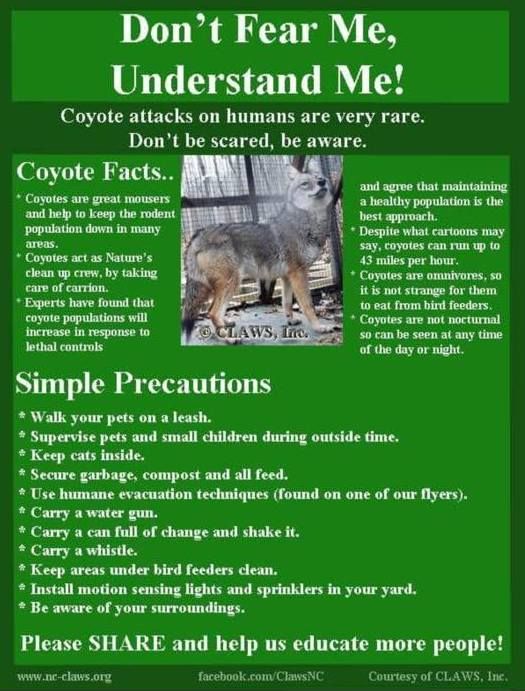
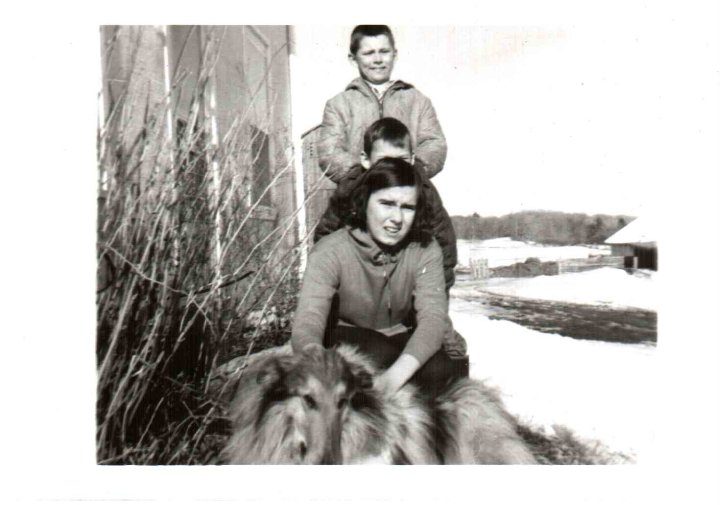



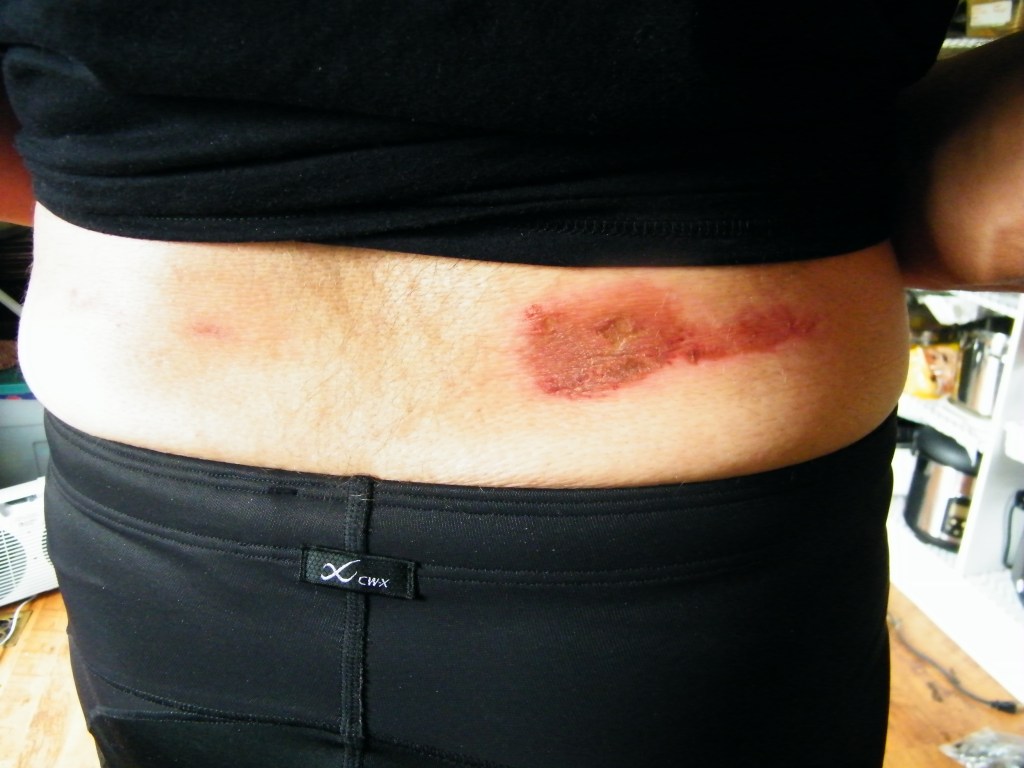


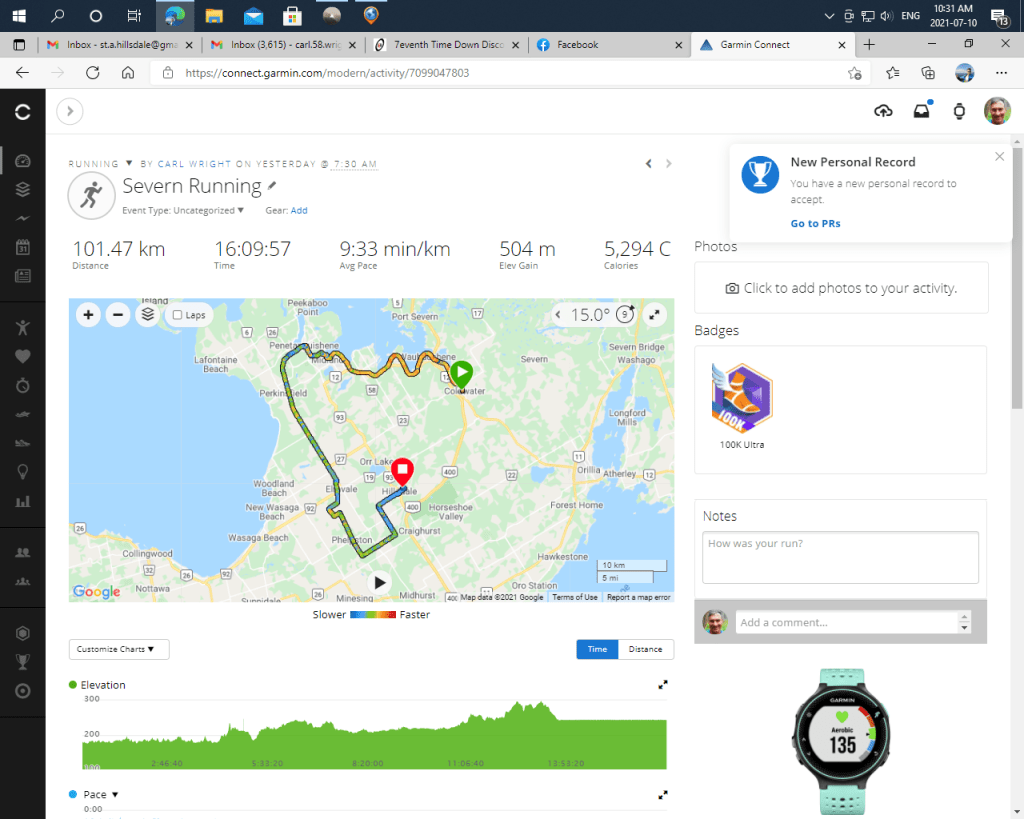
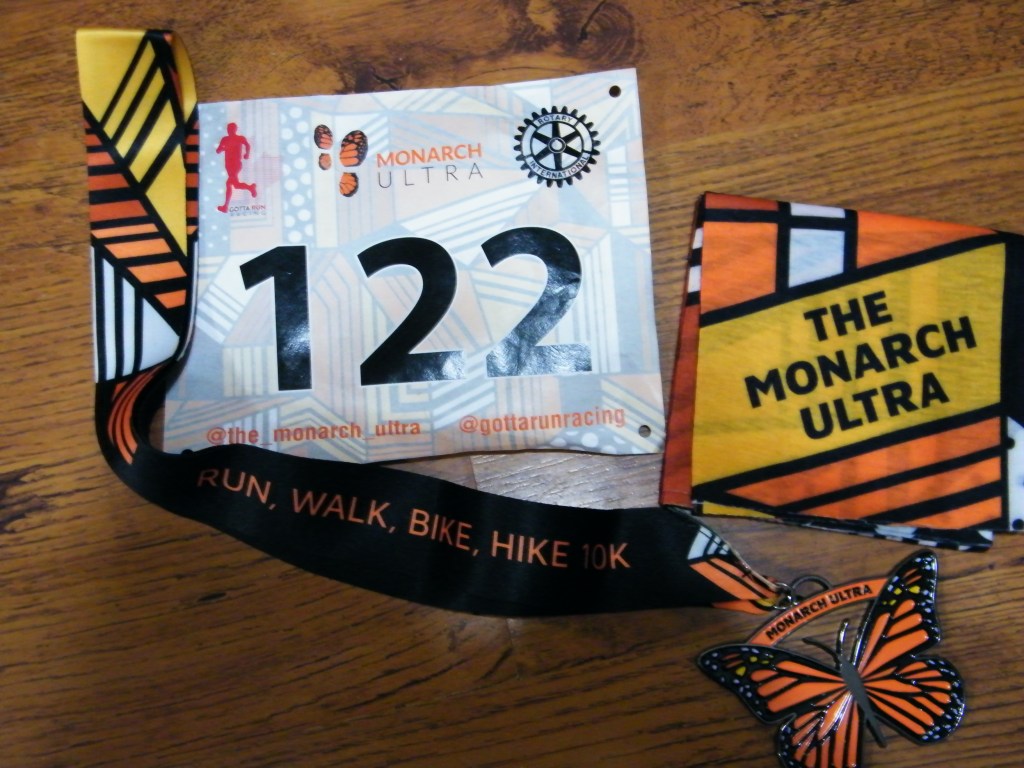
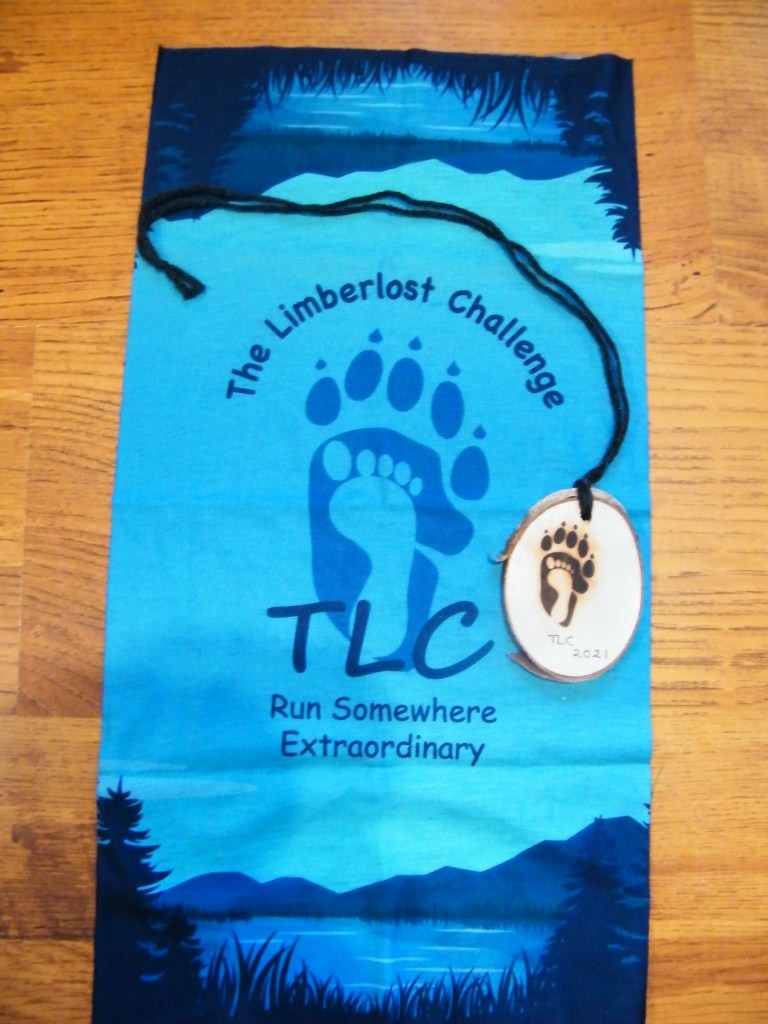
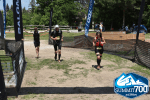


Once again congratulations on this fantastic achievement, Carl!
What an amazing and inspiring accomplishment! I love the idea of adding 1.5 kilometres to make it 63 miles on your 63rd birthday. Brilliant!
I could never imagine doing anything like that, it needs incredible mental strength to pull that through without any cheering crowds, helpful volunteers and essential aid stations.
As you said: raw, pure and unfiltered ultrarunning.
You had so many challenges to deal with, the biggest perhaps being the lack of water fountains. Carrying 17 pounds worth of water must have been exhausting, never mind the logistics and challenges of making sure that you always have enough water with you. And as for that rutty road and the dogs – my goodness. I feel like you about dogs – I don’t trust them at all when they’re on the loose.
Those final 11.5 kilometres do sound anticlimactic. But remember your virtual friends – we are all here cheering for you! True, we’re a long way off and weren’t there to cheer you in person. But imagine the many shouts of joy from all your readers and followers. Three big hip hip hurrays from Switzerland!!
Good luck with your 50km on 9 October! It will seem like a walk in the park for you!
LikeLiked by 1 person
Thank you so much for reading, and for your kind words, Catrina. You are such an amazing support. I have done a 50k semi self supported in Copeland Forest before. I had my car in the parking lot where I returned twice for resupply. So I “thought” I was mentally prepared. Even though the 100k was flat, and most of the day overcast (so no hot sun blazing down on me), it was way tougher than I was prepared for. Just to be able to call my wife those 4 times to let her know my progress helped a lot.
I will take wild coyotes over loose dogs any day…lol. I really appreciate your 2nd to last paragraph. It really is amazing the support I have with my virtual friends. I was thinking of sending out a tweet from home just before I got in the car for my wife to drop me off. On the few sections where I felt down and out, it would have been cool to check in on the responses to give me a boost. But I don’t have media on my phone. I wouldn’t have gotten to see them until I arrived back home on my home computer.
I’m really looking forward to the Monarch Ultra October 9th. 😀🏃♂️ 🦋
LikeLiked by 1 person
Carl, what an accomplishment! I am so impressed with your mental (and physical) fortitude to have completed your 100km+ route. And what a great time too. Self supported ultra distances are tough as nails, especially when it comes to hydration and the potential dangers out there. Kudos.
I enjoyed your writing as well as your short branching off to talk about environmental issues. I am constantly looking for ways to improve my family’s impact on the environment, and love learning more from others. I’ve had a few ‘run ins’ with dogs on the trail too. Sometimes I think it’s been my beard, sometimes a hat or face covering in winter that sets them off – either way, they’re unpredictable at times and I wish owners would do more curtail the potential danger to others.
All the best for your next event in October!
LikeLiked by 1 person
Sean, thank you for reading and for such generous words. Based on the actual races I have run, I had a goal in my mind of 16 hours. As I haven’t done anything quite like this before, it was really just a guess. My wife was asking me that question on the way to where she was to drop me off. I pondered for a minute, and 16 hours was my answer. The run was way tougher than what I was mentally prepared for, and was extremely happy with the final outcome.
It is so wonderful to “meet” yourself who also has a passion for the environment. At 47 my dad dropped dead suddenly of a heart attack. Back in the 1970’s the word “environment” was a word you would find more in a spelling bee, than in everyday use. Dad cared for the environment. As a farmer, he didn’t give in to the industrial style farming. Losing my dad so young definitely left a hole in my heart. He left a impact on me. I really want to make him proud. It is so much a part of me. Thank again so much for your kind visit. 🌎
LikeLike
You nailed your time estimate almost exactly on the dot then at 16:09:57!
Likewise on the virtual meet. I am sorry to hear about your Dad’s passing when you were just a teen. His legacy and care for the environment clearly lives on in you though. Part of the reason I pursue and chase improvement in running / trail running is for my parents. They gave so much in raising me and I wish to inspire pride too.
Back to the environment, something I was actually talking to my wife about yesterday evening was about all the things we’ve changed in our lives to lessen the impact on the environment. I wanted to write a blog post listing all of the changes we’ve made in the hope that it can be used as a checklist and ‘guide’ for others to do the same. It may not be running related but I still plan on posting it on my running blog. Watch that space ✌️🌎🌳
LikeLiked by 1 person
Thank you, Sean. This is very kind. A blog post on what you and your wife have done to lower your environmental footprint would be amazing. I regularly write non running related articles on my blog. Have a quite a few non runners that regularly read it. 😀
LikeLike
Brilliant my friend!! So nice to read over coffee this morning. 👌
LikeLiked by 1 person
Thank you so much for taking the time to read this, Michael. And for sharing. I really appreciate this! 😀🙏
LikeLike
Carl your determination and physical and mental toughness astound me. To do this all on your own is beyond my wildest imagination. All I can say is bravo to you!
It is sad to see the misuse of natural land and th garbage left behind. that part of your journey is heartbreaking.
LikeLiked by 1 person
Thank you for taking the time to read, Sue. And for your kind words. It really is hard for me to see the land deteriorating. I will go in and clean up the garbage, and return a week later and discover all new garbage.🌎
LikeLiked by 1 person
That’s very distressing and disappointing. So hard to understand.
LikeLiked by 1 person
Wow Carl! I am in awe of this achievement. It’s incredible what can be done with will, training, motivation and pure grit. Well done! It was an interesting read too from bringing up memories for me (no 911 when I was younger) and the thoughts on ATV’s on trails. I’ve often wondered about that in tourist destinations like Mexico as well.
LikeLiked by 1 person
Thank you so much for reading and commenting, Heather. And for sharing. This is very kind. It was indeed quite a different world before 911. On the volunteer fire department we all had our own rotary dial, landline dedicated fire phones installed in our homes. When someone dials the fire department number, it went to 3 homes where someone on the FD is most likely to be at home. The 1st of the 3 would take the message, and he or she would call a different number that would ring all our fire phones. It was a very loud ring, being a landline it needed to be heard through the house, even when sleeping. Some people would answer quicker than others, but we would all get our message when we answered the phone. I stepped down from the fire department in 1988, just as wearable pagers were being introduced.
With what is happening in my area, I’m really curious what the ATV issue is in different countries, including Mexico. When I was in Mexico with the Monarch Ultra we weren’t really in tourist areas. What I would describe as “authentic Mexico”. So they weren’t really an issue where we were. Tourist areas I could see this being a problem. I should look more into this. Thank you again Heather. 🙂
LikeLike
Wow! 16 hours, burning almost 5300 calories! That’s impressive, Carl. Congratulations on the quest! I am not sure if I can do it. I have been running for 5 km and totally exhausted already. I am truly impressed by your achievement and determination. I am so happy to read your inspiring blog post again and you still keep running!
LikeLiked by 1 person
This is so kind, Indah. Thank you. And do happy to see you back blogging again. That is tremendous to hear you are running. You are amazing! 😀🏃♀️👏
LikeLike
Carl, this article is mesmerizing. I felt like I was traveling with you in spirit.
LikeLiked by 1 person
Thank you so much for running alongside me in spirit, Mary Lou. So much appreciated! 😀🏃♀️ 🏃🙏🏻
LikeLike